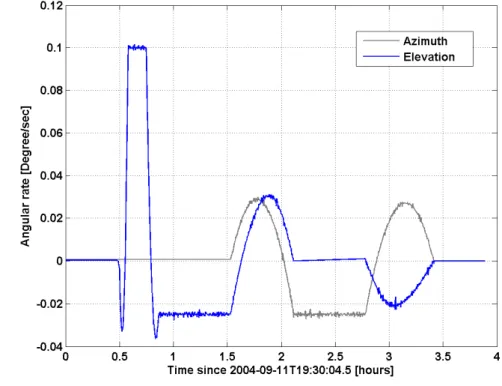Asteroid 21 Lutetia: Low Mass, High Density
Texte intégral
Figure




Documents relatifs
We have presented five new NIR spectra of (21) Lutetia obtained in March and April 2006 using SpeX/IRTF in remote observing mode from Meudon, France. From the latest photometric
The colours correspond to different approaches for calculating the potential : a classical polyhedral approach considering a uniform den- sity and a Mascon 8 gravity model assuming
In conclusion, we present a new measurement of the neg- atively charged pion mass based on Bragg spectroscopy of pionic nitrogen and muonic oxygen using a gaseous target.. The use
Laboratoire de Physique des Milieux Ionisds (*), Facultd des Sciences, Universitd de Nancy I, B.P. An exhaustive classification of the density perturbations and magnetic
Similarly as for the event spectral peaks, the frequency bandwidths of the transmitter signals observed in the Northern Hemisphere are noticeably larger than the frequency bandwidths
The 3 µ m band in Lutetias’ spectrum is shallower than those of hydrated asteroids, and the 2.9 vs. 3.2 ratio reveals a value close to the CV − CO meteorites. The band around 3.1 µ
This depends on the study design, e.g., plausibility based on food chemistry studies, kinetics based on post- prandial concentrations in plasma or urine from meal studies,
Lorsque les concentrations en ETM dans la phase aqueuse sont faibles, l’équilibre d’adsorption/désorption contrôle leur mobilité mais lorsque celles-ci sont


